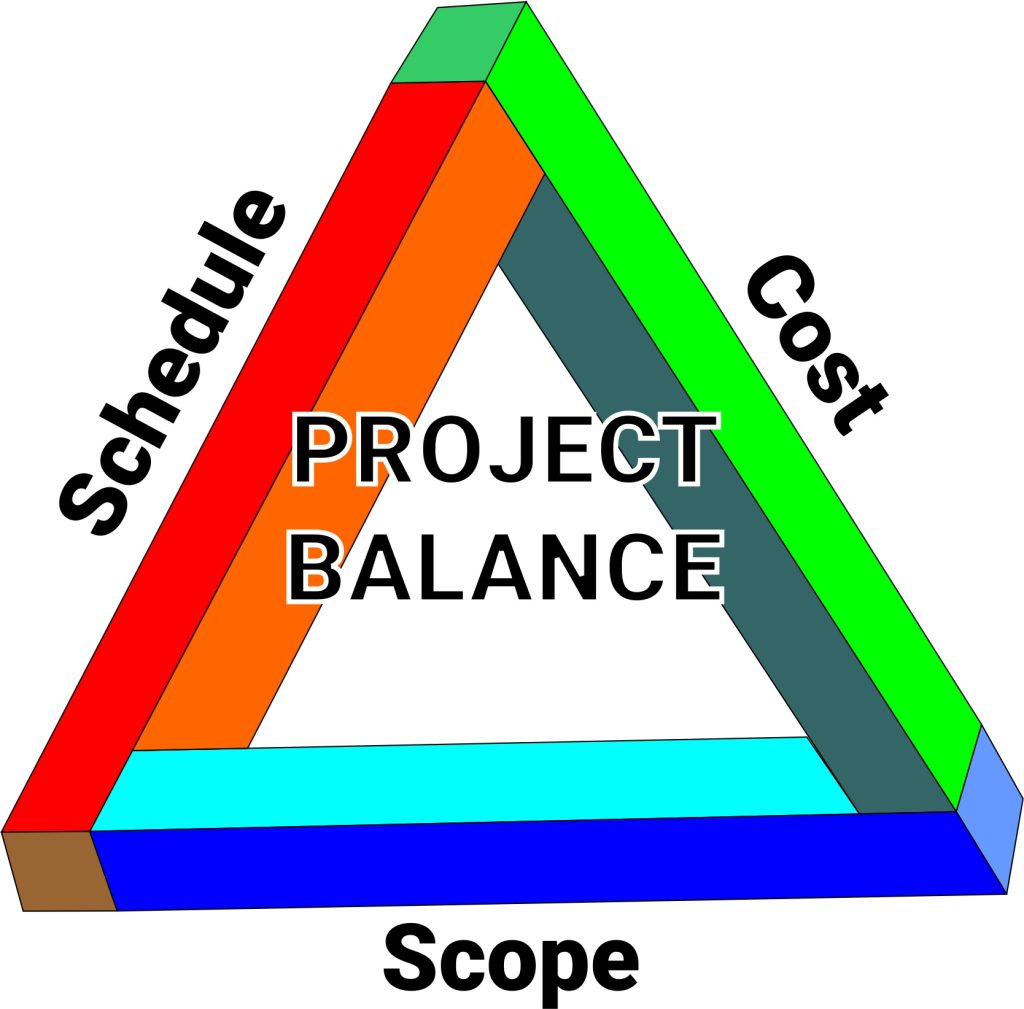Dear Construction Nation,
Have you ever worked on a project where it seemed that all the team did was argue about the budget or schedule? I seem to be on this type of project all the time!! The owner feels the contractor is trying to take advantage of them. The contractor and subcontractors feel they are not being treated fairly. The designer feels their design is not being honored as they created it.
This scenario continues to play out over the life of the project. Soon issues pile up. The team does not have an agreed upon schedule. No one can agree on what happened and what impact it had. What seems “fair” to each party is very far apart. So issues linger, the team gets bogged down with defending their positions as to why they are “right” and the others are “wrong.” Even what seem to be simple issues just go round and round in an endless loop of emails, documents, meetings, and frustration. Everyone knows that the project is NOT going to come in on time or on budget, but they feel helpless to do anything about it.
On our projects, we talk a lot about schedule, and the budget. But we almost never talk about scope, and scope is what informs the budget and schedule. They are all interdependent! I believe that your project team’s primary role is to balance cost, scope, and schedule so that they can optimize the project’s outcomes.

By developing a target budget (a LEAN Construction concept) your project team can co-create a target budget that builds in flexibility and allows the team to make decisions on how to optimize things as the project moves forward and unknowns occur.
This is how it works. The team at the beginning of the project creates a target budget. For Design-Build or CMGC projects, this typically occurs before design starts, so the design can be developed to this budget with the input from the construction team. While a target budget is typically used when you have the contractors on board before or during design, I have challenged teams to use this concept on lump sum projects with some real success.
If you are working on a low-bid project, your target budget must happen at the start of construction when the contractor is on board. The designer has designed to a budget. The contractor has their bid price, and the owner has their allocation budget(s). The key is to identify 5-10% of scope as a team (depending on the level of risk you have on your project) that could be set aside just in case you run into unforseens and changes that bust your budget and schedule.
I know that most of you are saying that’s impossible! But I see teams figure it out all the time. What could you do if you really needed to cut out 5% – 10% of the cost/scope? Doing this exercise before you start working allows the team to make decisions now, when there aren’t any issues on the table. This practice allows the project team to have the flexibility to adjust the scope, cost, or schedule as needed when issues arise.

Geoff Neumayr, at San Francisco International Airport, refers to this as having budget items above the line and items below the line. The ones below the line are things we hope to get and the ones we may not be able to afford, but even without them the project will be okay. The one’s above the line are within budget, but the team has identified items equivalent to 5% – 10% of total cost that could go below the line if needed due to changes and unforseens. The team is always working to make improvements so they can bring the things that are below the line to above the line by becoming more efficient and innovative; looking for ways to do the work and save budget.
This process of above the line and below the line items gives the project team the ability to control their own destiny, balancing between cost, scope, and schedule. You are probably thinking that you’d really have to TRUST each other to make this work! The answer is…Yes! You do!
But which comes first? The high trust, high performing team or the team that is allowed to act like, and become, a high trust, high performing team?
I have been in partnering sessions where we had a big budget bust. The team made a commitment that within 30 days they would have the budget figured out so we could be back on budget, moving things above the line to below the line and finding innovative ways to do the work to keep all the stakeholders on board with the decisions. Within 10 days they had it figured out.

On another project the team worked for months to try and figure out how to make the budget work. Eventually, they just had to tell the leaders that they did not have adequate budget to build the full building. They recommended that one floor of the building be built-out as a shell so that the project could meet the budget. This was accepted as the best option. But eventually they were able to get budget for the last floor. There was no push pull, just one team of owner, builder, designer working together to figure out the best solution balancing between cost, scope, and schedule.
On yet another project, the owner was short the total funds to build the project as bid. The project team worked together and figured out how to complete the project so that it offered the full functionality of the building, but still cut off a section that could be stubbed out to be built later.
In each case, having the team take on the responsibility and the power to balance between the cost, scope, and schedule allowed them to optimize what was possible for the project. The delivery method should not dictate if this is possible or not, the atmosphere does.
Many Design-Build projects are lump sum, or not to exceed. And most all the subcontractors, even on Design-Build are low bid. Think of how much more efficient the project team can be if they have the flexibility to make decisions on how to address the problems that arise. It is incumbent upon the team leaders to set an atmosphere where the team works together to optimize the project for the owner and the end users, no matter what delivery method you are using.
I hope this give you some food for thought Construction Nation,

P.S. Curious how you can improve your project’s chance at success?
- Listen to Episode 51 on the Lead with Trust Podcast.
- Download a Project Team Excellence Evaluation to see how likely it is your team will achieve excellence on your project.
- Tell your team to subscribe to the Lead with Trust newsletter so they stay cutting edge in the industry.






